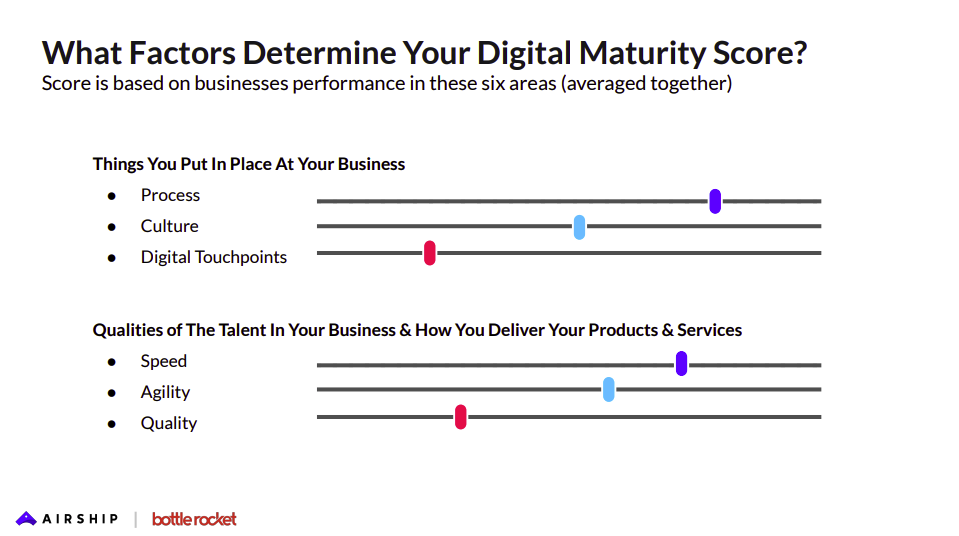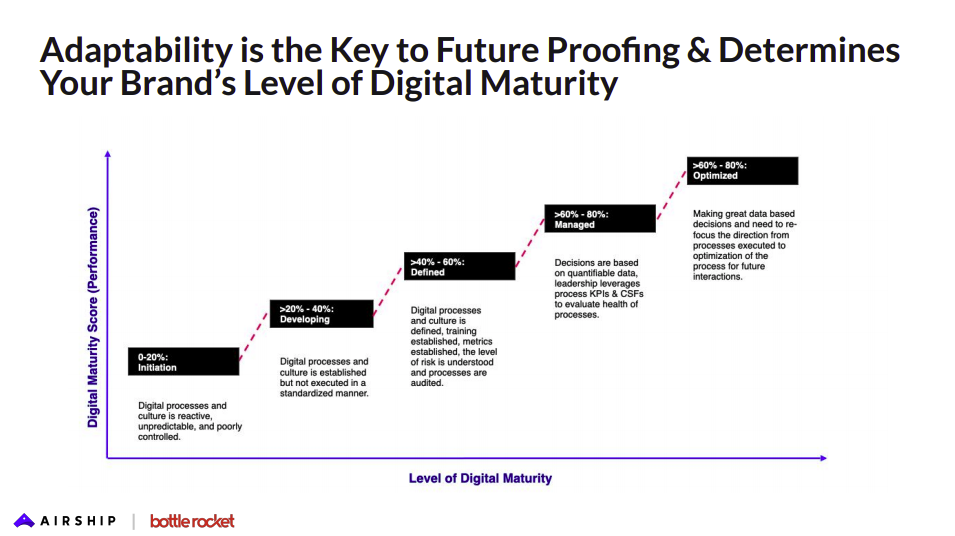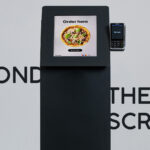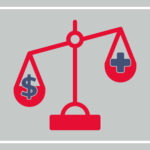Published by
At the start of this year, less than two months before the pandemic turned everything upside down, Bottle Rocket published an article highlighting a major shift in consumer buying habits. Last year, the Gen Z demographic surpassed Baby Boomers and Millennials as the largest consumer population. Our team of experts knew firsthand the significance of this transition: Gen-Z consumers, being raised on the internet, prefer to channel their $143 billion in spending power through digital touch-points and have expectations that require a certain level of digital maturity for brands to meet.
What we didn’t know at the time was that a major global pandemic would very soon dramatically shift consumer buying habits across all demographics and geographic locations. The economic impact of COVID-19 has put a spotlight on every brand’s digital maturity, forcing companies to develop mobile capabilities at a breakneck speed. Never before has digital maturity been as crucial to a company’s survival as it is right now. But what exactly is digital maturity? And how do you determine your company’s digital maturity level—and improve it?
What Is Digital Maturity?
At its core, digital maturity represents your company’s ability to use technology to adapt to large-scale changes: economic downturns, swift shifts in consumer buying patterns or, even, a global pandemic. The higher your digital maturity level, the more adaptable your company is to industry transitions or the world at large.
At Bottle Rocket, we have found digital maturity and adaptability are directly connected. How adaptable your company is to technological changes and shifts in the marketplace not only determines your digital maturity level, it is key to future-proofing your business. Is your brand nimble enough to implement and test multiple ideas simultaneously? Is your team able to try new things while mitigating risk? Have you designed real-time feedback loops with your customers, collecting data and insights to better meet their demands? These capabilities speak directly to your brand’s digital maturity level.
How Does a Brand Determine Its Level of Digital Maturity?
There are a number of components that impact your digital maturity, but Bottle Rocket scores a brand’s digital maturity on six specific elements: Your business’ processes, culture and digital touchpoints and the speed, agility and quality in which you deliver your products and services. How fast can your company react to the changing marketplace? Is your team agile enough to launch digital transformation initiatives should unexpected challenges occur—like a shelter in place policy that prohibits you from interacting with customers in person?

A great example of a brand that demonstrated high levels of digital maturity at the start of the pandemic was Chick-fil-A. My company does a lot of work in the quick-service-restaurant (QSR) space and I recognized right away Chick-fil-A’s ability to adapt. In response to COVID-19 conditions, the restaurant quickly adjusted the language and copy on their mobile app and rapidly updated mobile ordering functions to meet the surge in online orders.
Advancing Your Brand’s Digital Maturity Capabilities
As with any performance objective, you have to know where you stand before you can improve your capabilities. When it comes to digital maturity, we created a framework to determine where a brand may fall on the Digital Maturity scale. Brands that score low across the six key elements (processes, culture, digital touchpoints, speed, agility and quality) are considered to be in the “Initiation” phase—their digital processes and culture is reactive and poorly controlled.
To improve this rating and move beyond the initiation phase into the “Developing” or “Defined” phases, a brand needs to establish digital processes and begin to measure their efforts. Once your team is able to implement, test and measure its digital initiatives, it’s likely you have advanced to a more mature Digital Maturity level. For example, decisions are based on quantifiable data and team leaders use KPIs and critical success factors to analyze the health and performance of your processes.
The goal is to reach an “Optimized” phase of Digital Maturity where you have quality data to inform decision-making processes. Your team is agile and your technology enables automation and personalization, allowing your brand to stay one step ahead of your customer’s needs.

Reaching the Optimized stage of digital maturity is an ongoing process. Airship’s Strategic Services Lead Jennie Lewis and I recently had an in-depth discussion about Digital Maturity and all the ways brands can elevate their digital maturity levels to adapt to the new normal brought about by the pandemic. If you’re looking to gain new insights into your brand’s Digital Maturity level, register now to listen to our webinar and see the framework Bottle Rocket developed to help brands gauge their Digital Maturity score.
Share:
Categories
tags
Related Posts


The Great Big Budget Cut: Prioritization


